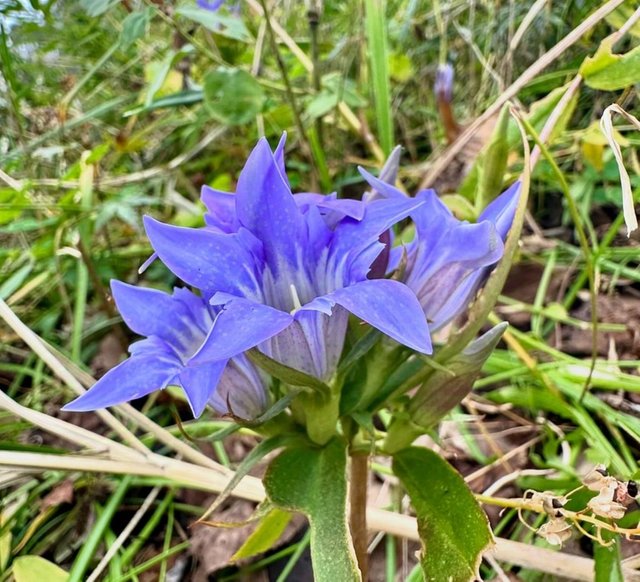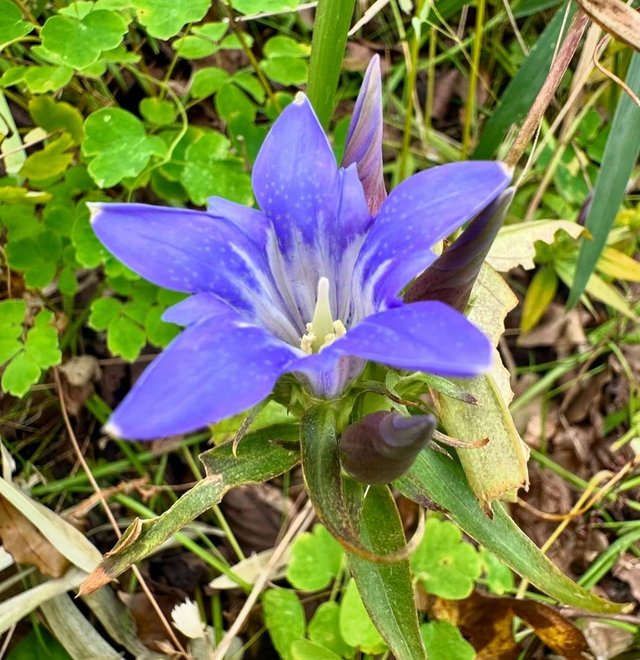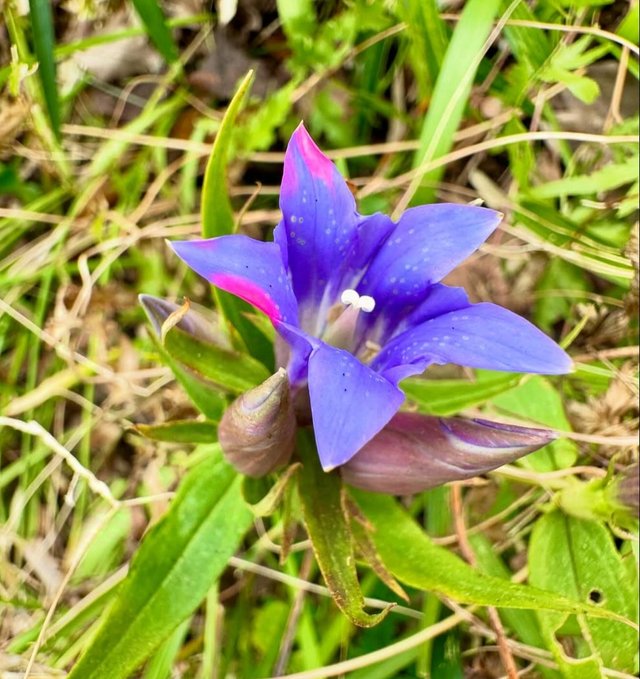Gentiana Scabra So Beautiful
Gentiana scabra: A Botanical Gem with Medicinal Virtues
Gentiana scabra, commonly known as the "Rough Gentian," is a herbaceous perennial plant that belongs to the Gentianaceae family. Native to East Asia, including regions of China, Japan, and Korea, this plant has earned a reputation not only for its vibrant blue-violet flowers but also for its extensive use in traditional medicine. Its beauty and practical applications make it a fascinating subject of study for botanists, horticulturists, and herbalists alike.
Botanical Description
Gentiana scabra is a low-growing plant, typically reaching a height of 30–50 cm. It thrives in well-drained soils and sunny or partially shaded conditions, often gracing alpine meadows, forest edges, and grasslands. The plant is easily recognized by its striking, trumpet-shaped flowers that bloom from late summer to early autumn. These flowers are usually a vivid blue or violet, though variations in color may exist depending on environmental conditions.
The leaves of G. scabra are lance-shaped, oppositely arranged, and slightly rough to the touch, which is why it has earned the descriptor "scabra," meaning "rough." The plant's root system is robust, which supports its survival in harsh climates and makes it a candidate for erosion control in its natural habitats.
Ecological Significance
In its native ecosystems, Gentiana scabra plays a vital role in supporting pollinators. Its brightly colored flowers attract bees, butterflies, and other insects, which help in the plant's pollination. Furthermore, the plant contributes to the biodiversity of the regions it inhabits, often coexisting with other alpine or woodland species.
Traditional Medicinal Uses
Gentiana scabra has been a cornerstone of traditional medicine for centuries, particularly in East Asian systems such as Traditional Chinese Medicine and Kampo. Its roots are the primary part used for medicinal purposes and are known as Long Dan Cao in Chinese herbalism.




